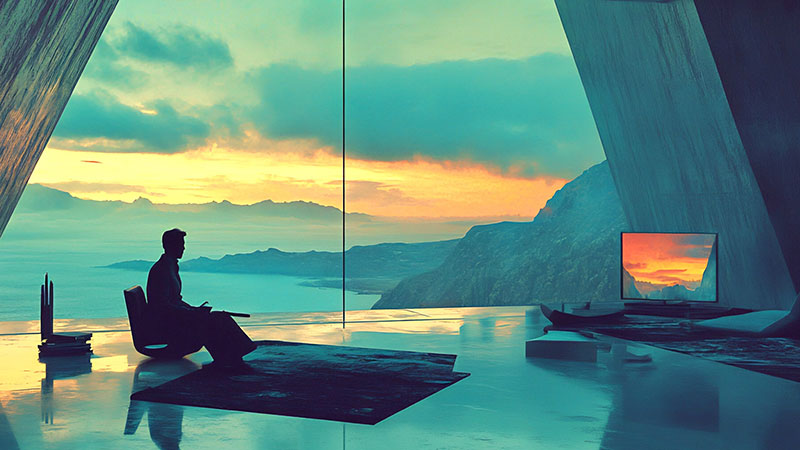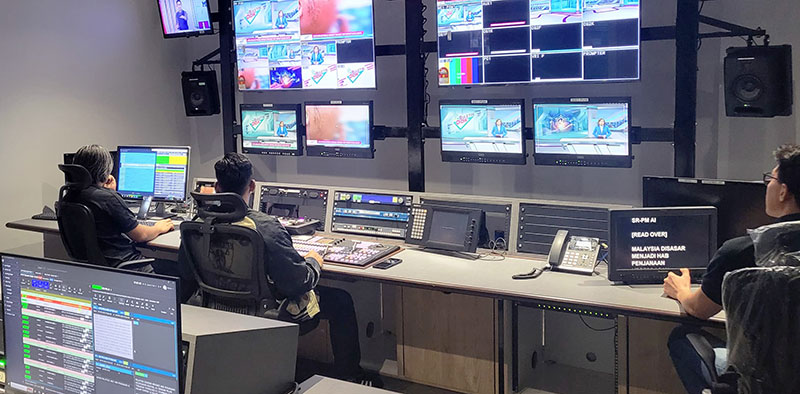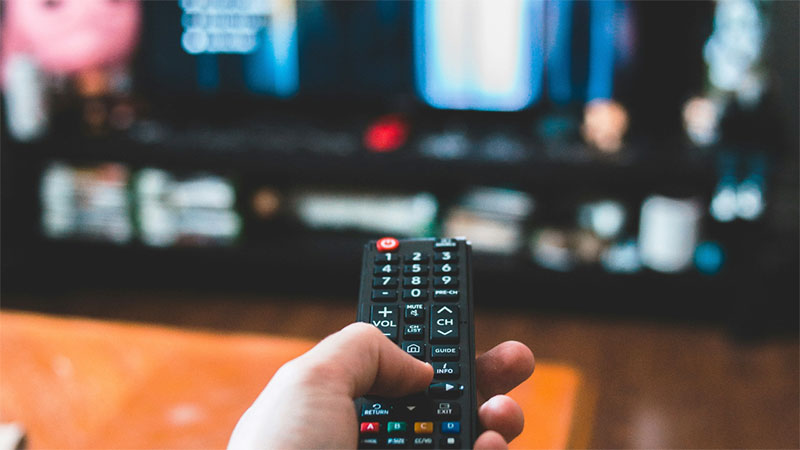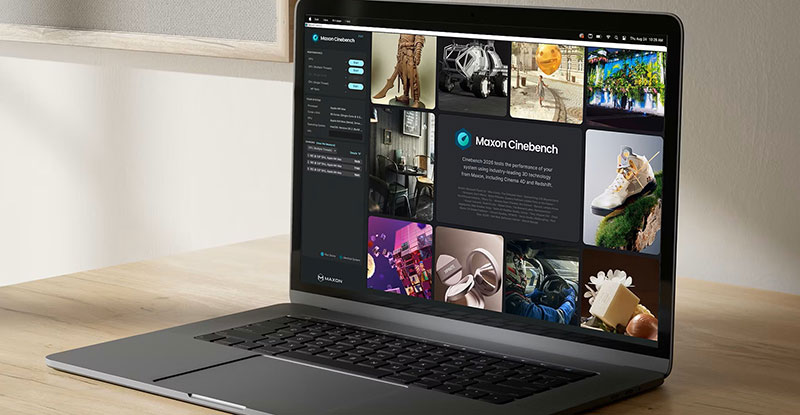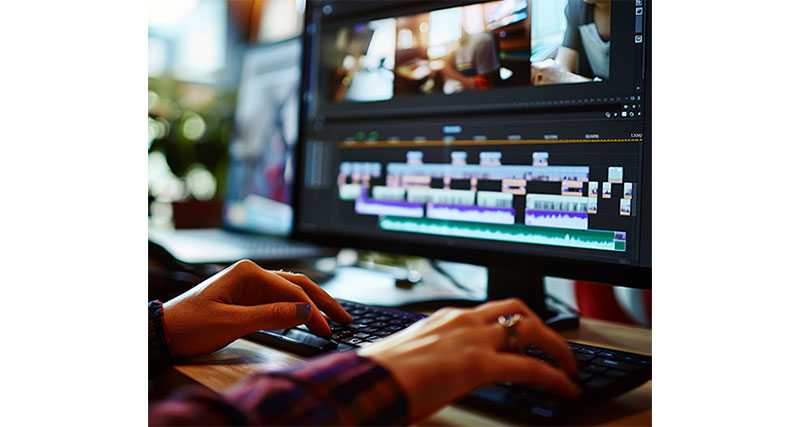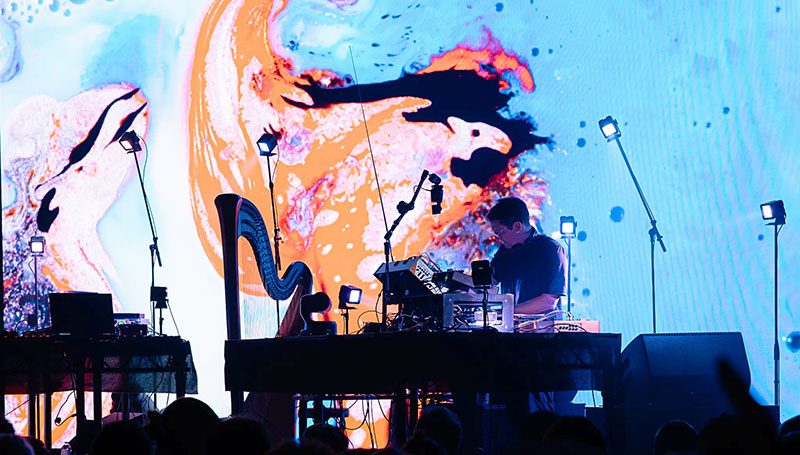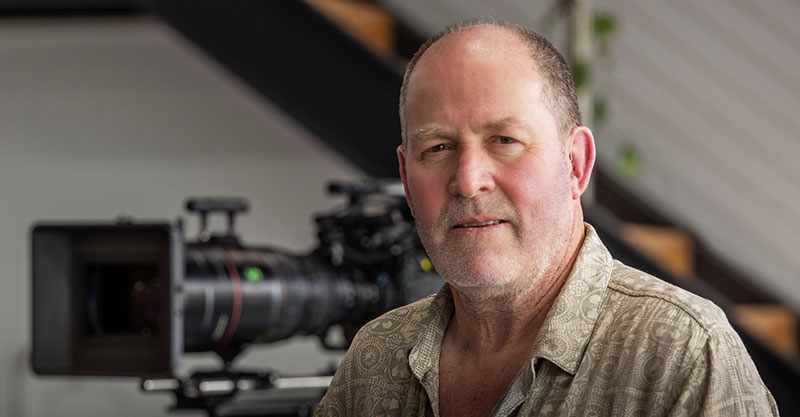Sony and Movie People are building a new Virtual Production studio based on Crystal LED VERONA and VENICE cameras, opening many options to producers for visualising narratives.
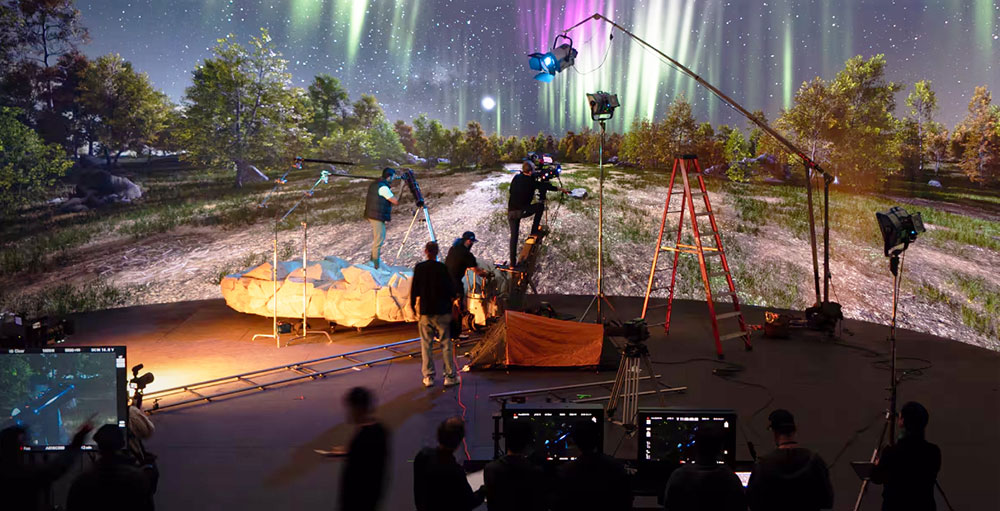
Sony and Movie People film rental company in Milan are working to modernise media production processes through new interactions between physical and virtual audiovisual techniques. Their partnership integrates new approaches and equipment with industry expertise, starting with a new Virtual Production project now underway in the Movie People studios at Milan’s Viale Berbera.
Their goal is a centre of excellence for film, advertising and television productions, opening many options to producers and agency creative teams for visualising narratives. Movie People specialises in specific, customised set-ups for clients. Founded in 1980, the company has many years of experience, highly specialised staff and, consequently, the ability to respond to many kinds of requests through its flexible rentals and services.
LED Walls and Volumes
The project will centre on the Sony Crystal LED VERONA display screens, using 280 of the VERONA Display Cabinets with a pixel pitch of 1.56mm, to create a volume of about 70sqm as the main operating space. The cabinets are an innovative kind of unit that works well for rental companies, as they are square and stackable, and make LED wall assembly quick. They can accommodate different scales and shapes, including very large stacks and curved surfaces.
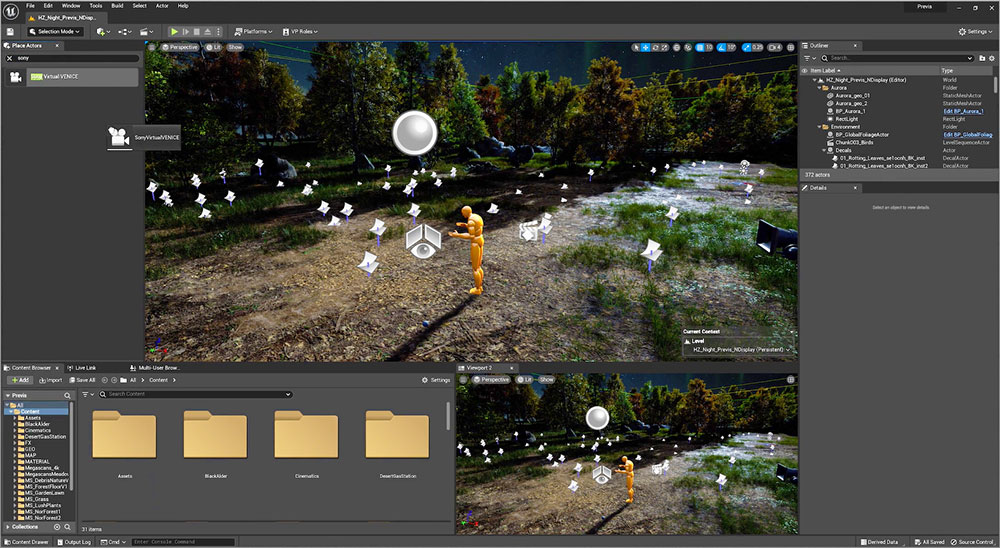
Virtual VENICE in Unreal Engine
Movie People likes this flexibility, ease of installation and simple maintenance. Being able to replace a module quickly minimises downtime. LED assemblies can be adjusted along the Z-axis to precisely align individual cabinets, making the LED wall surface extremely flat to eliminate visible lines when shooting from an angle.
VERONA’s protective features help avoid damage during wall construction, including an edge protection plate that automatically slides in when two cabinets are combined to avoid top and bottom edges from hitting together, and a pin-and-groove design that prevents the sides of the cabinets from rubbing together. Individual LED modules can be exchanged with access from the front and back of the cabinet.
The studio’s LED Wall will include a mobile ceiling panel equipped with a 2.31mm pixel pitch to support realistic lighting scenarios. Two mobile LED Panels, measuring 3x2m, are also part of the set-up for use in such applications as tabletops, packshots, animation and views from windows.
As well as VERONA modules, Movie People makes various VENICE and VENICE2 full frame cameras available for virtual production. Sony designs the VENICE cameras for accurate dynamic colour matching with the VERONA screens. They can be hired with or without the Rialto VENICE Extension System, which allows the DoP to separate the VENICE camera body from the image sensor block, keeping them in communication via a cable..
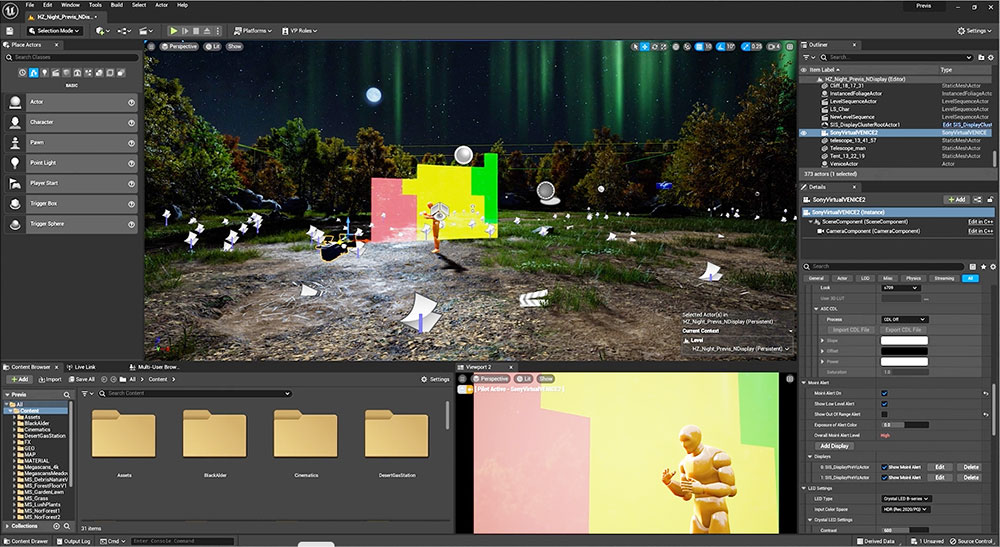
Moire alert
Real and Virtual Cameras
In a virtual production, visual development is managed through a complex series of camera settings established in pre-production, which helps shorten production time and control studio costs. Sony, with feedback from Movie People’s experts, has made fundamental tools available for use on-set, such as their Virtual Production Tool Set and Colour Calibrator.
Sony’s Virtual Production Tool Set contains tools developed specifically to support the quality of In-Camera VFX (ICVFX). The Camera and Display Plugin for Unreal Engine is used to design the project’s look for an ‘ideal picture’ on a real VENICE camera, and then save these settings in a Virtual VENICE for Unreal Engine.
The Virtual VENICE simulates the colour science, gamma, sensor, parameters and functions of the real camera, and simulates the distortion of PL lenses. It includes a Moiré Alert that can detect moiré patterns invisible to human eyes. The Colour Calibrator tool defines and maintains the colours visualised before shooting, so that the colours appearing in the footage will match them.
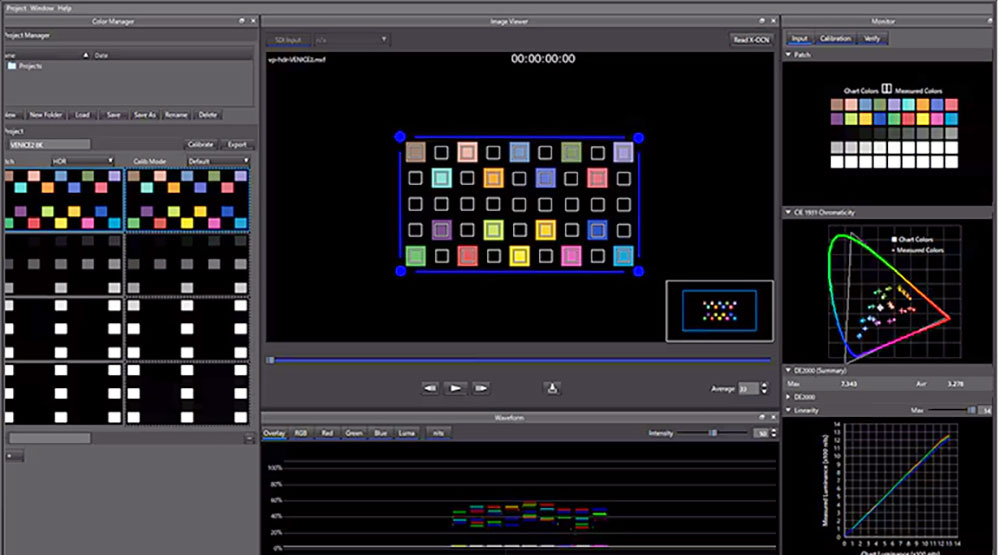
Colour Calibrator
The calibrator analyses and compares the calibration charts from within Unreal Engine, and the image that the VENICE camera captures from the panels. The difference is shown with a graph and vector scope. Users then create and output a LUT correction, which is applied to the Unreal Engine project to adjust colours.
Then once on set, with the saved settings applied to the physical camera, the team can access a Camera Control Panel that displays and controls VENICE, and apply colour grading, LUTs and OCIO configurations to the displays without changing the overall look.
Image Quality On Set
Among the strengths Movie People has identified about VERONA include its image quality, which supports virtual production due to its very high display brightness of 1,500 cd/m2, accurate reproduction of over 97% of the DCI-P3 colour gamut, and deep black levels that resist reflections and glare.

Saving VENICE parameters
Black reproduction is critical for DoPs who need to emulate physical scenery while dealing with incident light and ambient reflections. Because light from other sources falling on the LED wall can interfere with black levels in virtual backgrounds and require correction in post, VERONA panels receive an anti-reflection surface treatment from Sony.
A high refresh rate is necessary to reduce flickering and scanline artefacts. High frame rate cameras are often used for virtual production, but if the refresh rate of an LED display is too low, artifacts become noticeable and distracting. VERONA screens are capable of extremely high refresh rates up to 7,680Hz.
The Movie People team also also estimates that the displays’ energy consumption is about 30 per cent less than similarly pitched panels on the market and that their heat emission is low enough to make a dedicated air conditioning system unnecessary. pro.sony




